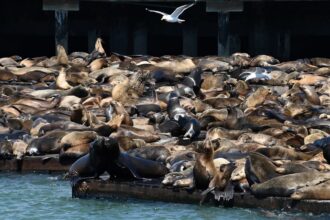Wicked Fontana / Inland Empire CA Winds – Reflecting on Losses Due to Hurricanes

“Our backyard is destroyed; I moved some stuff into the garage or on the side of the house… but stuff got lifted into the air, even heavy objects. Tree’s fell and destroyed multiple homes, I heard a tree crack and snap, land on a house nearby, but haven’t walked my dog out there to go look. Our swimming pool and spa is a disaster… that pool guy is gonna have one hell of a time on Wednesday cleaning it up lol.” – Kyle James Lee
Greetings World! We, are The AEGIS Alliance! We are aware of, and mourn, hurricanes and the victims’ Live’s lost, the damage that was done, in recent and in past years, and we feel for them in our hearts. On August 26th of 2017, hurricane Harvey struck Texas. On September 20 of 2017, hurricane Maria struck Puerto Rico, a United States territory. Very recently, hurricane Michael struck the east coast of the United States, on October 10th of 2018, to name a few. We are saddened by the loss of life, and all the damage that was done.
What we’re reporting on today, pales in comparison, to those hurricanes. Today, in my, Kyle James Lee, owner of The AEGIS Alliance’s city of residence, of Fontana, California, there were very strong winds. Other areas were also hit by these winds in nearby cities. The winds are upwards of 60, to 70 miles per hour. Trees have fallen, more than one home was destroyed by a fallen tree. Mine, and many others backyards, are a disaster right now. I’ve produced this video to show what the winds, look like here today. Our homes are a disaster zone in these areas right now, but it is nothing, when compared to all the damage done, by hurricanes in recent and past years.
Our hearts go out to all those affected by hurricanes, many who are still suffering, and even grieving family and friends, who they have lost. As these very strong winds are happening here today, I’ve taken the time to reflect upon the damage done by hurricanes. Mother Nature is not to be taken lightly.
“We, are The AEGIS Alliance, we do not claim to be a leader of the Legion. The AEGIS Alliance has Anonymous allies.”














